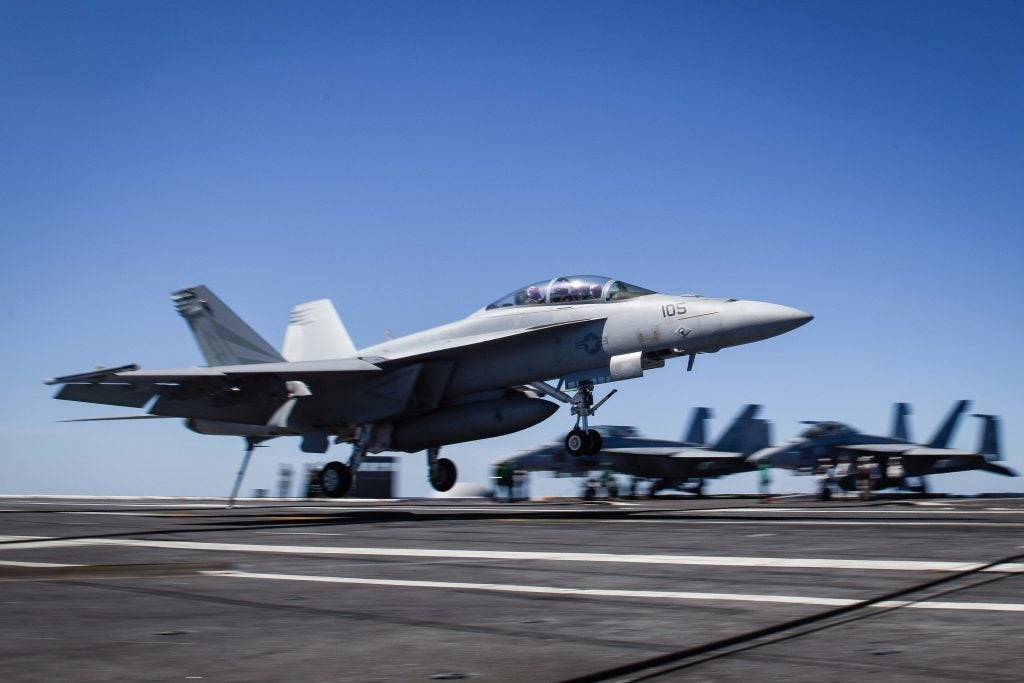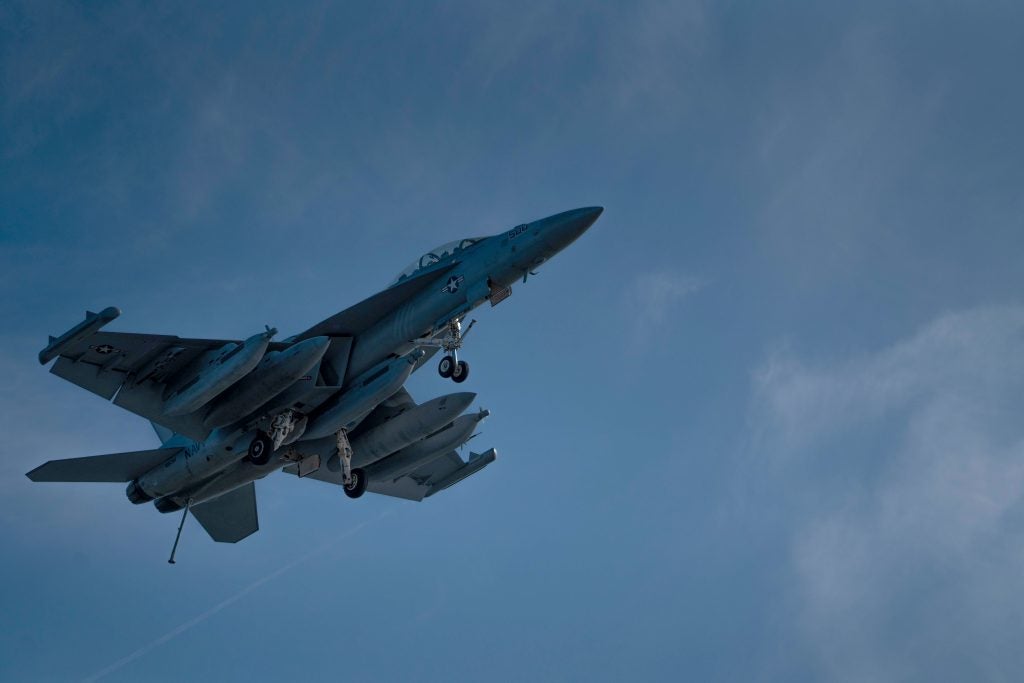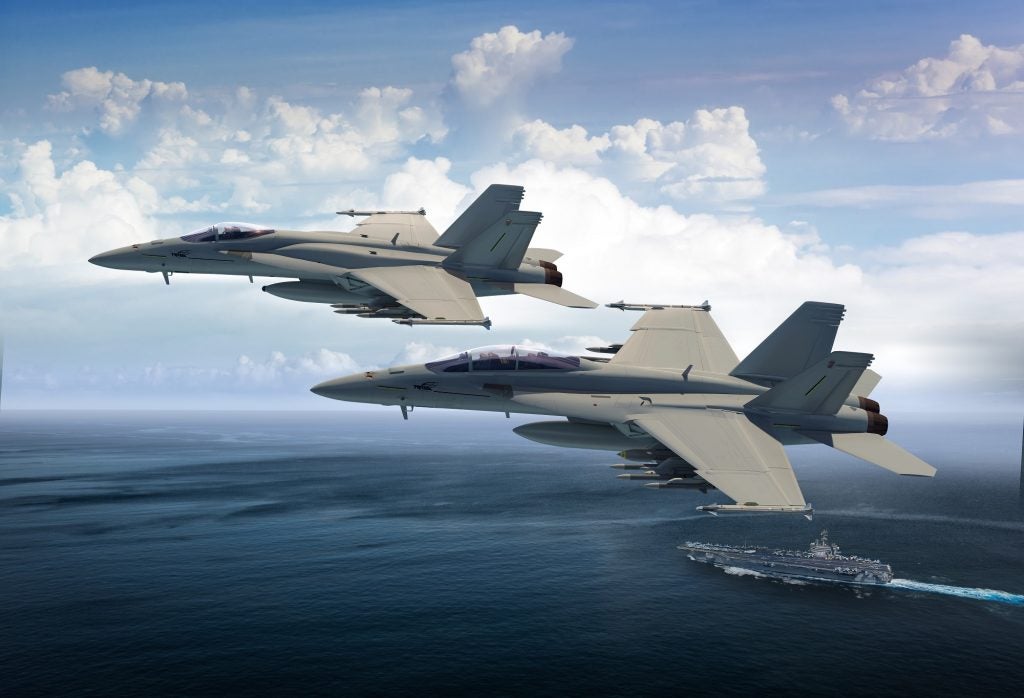In Profile: The Boeing Block III Super Hornet
The F/A-18E/F Super Hornet was originally pitched to Congress in the late 1990s as a cheaper way to make up for the retirement of the A-6, and looming draw down and eventual retirement of the F-14. It was supposed to share a high degree of commonality with the standard or legacy F/A-18C/D Hornet. This was even somewhat true. However, the Super Hornet as it was delivered to the fleet was a larger, heavier, more capable aircraft than the one it was supposed to be so closely related. It worked however, and Super Hornets are now the sole strike fighter on US Navy carrier decks.

Boeing is hoping lighting strikes twice and that the delays of the F-35 program will give them a chance to keep the Super Hornet production lines running for years to come. The current Super Hornets are getting older, and have had the wings flown off them in support of ground forces during the Global War on Terror. Boeing claims the Block III variant will solve all the problems the current fleet is facing, as well as inter-operating with the F-35 seamlessly, but questions still loom large. The ongoing struggles of the KC-46 program have led some to ask whether Boeing will mess up this program as well.
The Block III is billed as bringing five major improvements to the existing Super Hornet design. As Boeing tells it, each will play a critical part in increasing capability. Conformal fuel tanks will allow for greater stores flexibility by reducing or removing the number of drop tanks an aircraft will need on a mission. A new cockpit display essentially brings the massive digital display of the F-35 into the Super Hornet. New computers, data buses, and data links allow the kind of sensor fusion that the Navy and DoD at large have been looking for since the beginning of the digital age. Twin airframe improvements should allow the aircraft to last for decades to come. A 9,000 flight hour airframe is a 50% improvement over the current 6,000 flight hour lifespan of the in-fleet Super Hornets, and a reduced Radar Cross Section (RCS) will allow it to fight in higher threat environments.

This all sounds very good in theory, but it may sound too good. The first hurdle will be cost. The F-35C is the second most expensive variant, at $107.7 million per aircraft for Lot 11, now in production. The last F/A-18E/Fs that the Navy bought were supposedly priced at $66 million per aircraft according to Boeing officials. That is a stark difference from the F-35C which comes in at a little over $40 million more per aircraft. But with all the changes being made to the Block III, its unlikely that that low price can be maintained. It is not improbable that the per-unit cost of the Block IIIs could match or exceed that of the F-35C.
Fortunately for Boeing, there are some mitigating factors to meteoric price climb on their end. The first is some of the systems destined for the Block III variant are already in service on the E/A-18G Growler. It is unclear exactly which computer systems or data links are already in service with Growler, but it is probable that there will be a greater electronic commonality between the Growler and the Block III than the Block III and the in-fleet Super Hornets. Secondly, the airframe improvements and conformal fuel tanks should not add excessively to the cost, certainly not to the degree that the new computers and RCS reductions will.

The final question is if the new jets are worth whatever they end up costing. Evidently, the Navy has decided they are. A contract was issued to Boeing earlier this year for 78 Block III aircraft, to be built over the next two years. Many questions still loom large about the Block III Super Hornet, but the first aircraft should be delivered to the fleet by the end of the year, and maybe some of those questions will start getting answers.

